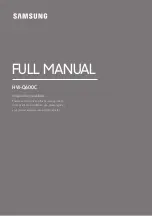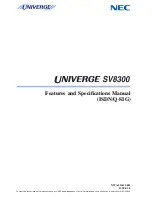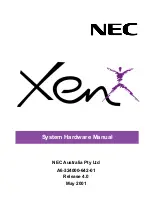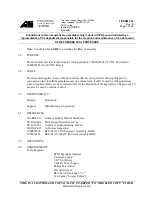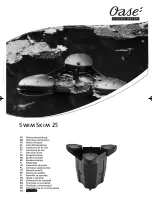
3 - PCIe Card & Interfaces
The MicroDock
E-MU PCIe Digital Audio Systems
23
ADAT Optical Digital Input & Output
Important:
When
using any type of digital
I/O such as S/PDIF or
ADAT, you MUST sample
sync the two devices or
clicks and pops in the
audio will result.
The ADAT optical connectors transmit and receive 8 channels of 24-bit audio using the
ADAT type 1 & 2 formats. The word clock contained in the input data stream can be
used as a word clock source.
See “System Settings”
. Optical connections have certain
advantages such as immunity to electrical interference and ground loops. Make sure to
use high quality glass fiber light pipes for connections longer than 1.5 meters.
At the 88.2k, 96k, 176.4k or 192k sample rates, the industry standard S/MUX inter-
leaving scheme is used for ADAT input and output. S/MUX uses additional ADAT
channels to gain additional bandwidth on the existing interface. See the chart below or
go
here
for additional information.
Sample Rate
Number of Audio Channels
44kHz/48kHz
8 channels of 24-bit audio
88kHz or 96kHz
4 channels of 24-bit audio, using S/MUX standard interleaving
176kHz or 192kHz 2 channels of 24-bit audio, using S/MUX standard interleaving
The ADAT inputs and outputs can be configured in the System Settings
(page 33)
to
send and receive S./PDIF optical data at 44.1k, 48k, 88.2k, or 96k sample rates.
S/PDIF Optical is not supported at 176.4k or 196k.
Note:
PatchMix DSP
does not support AC3
passthrough at this time.
Headphone Output & Volume Control
The headphone output drives standard stereo headphones and the adjacent volume
control sets the listening level. The headphone amplifier can drive headphones with
impedance as low as 24 ohms. The headphone output uses a high-current version of
the high-quality output amplifiers used on the other channels. For this reason it has a
very clean signal that can be used as another stereo output if you need it.
































